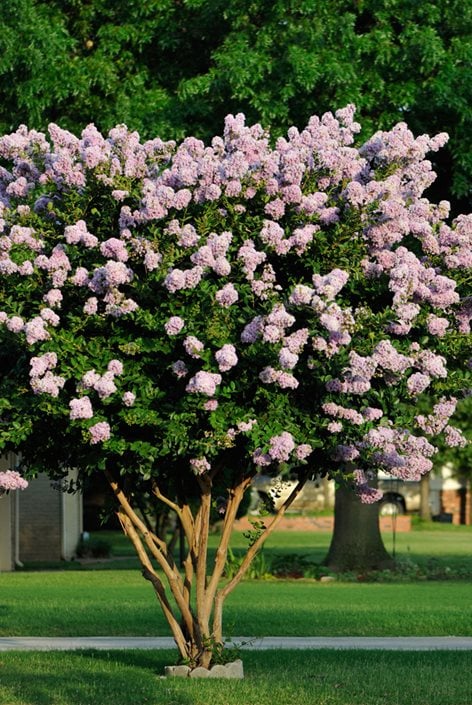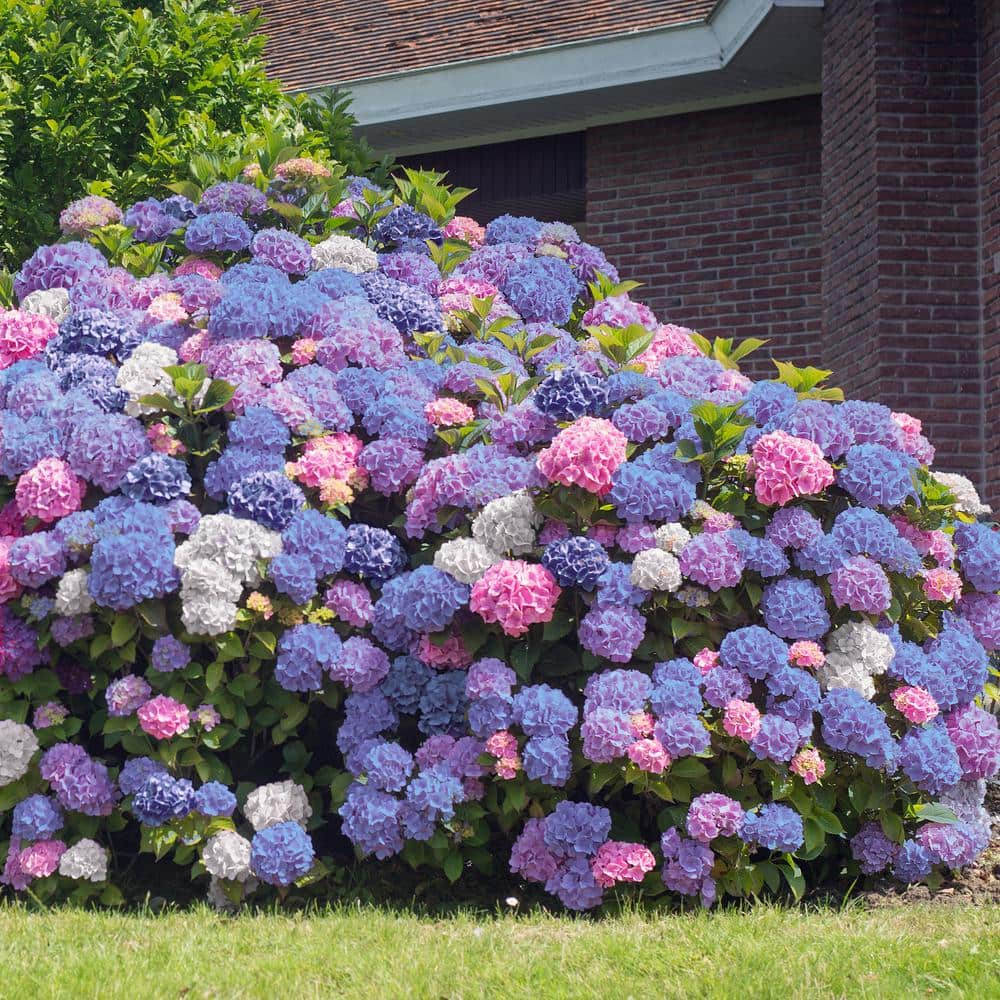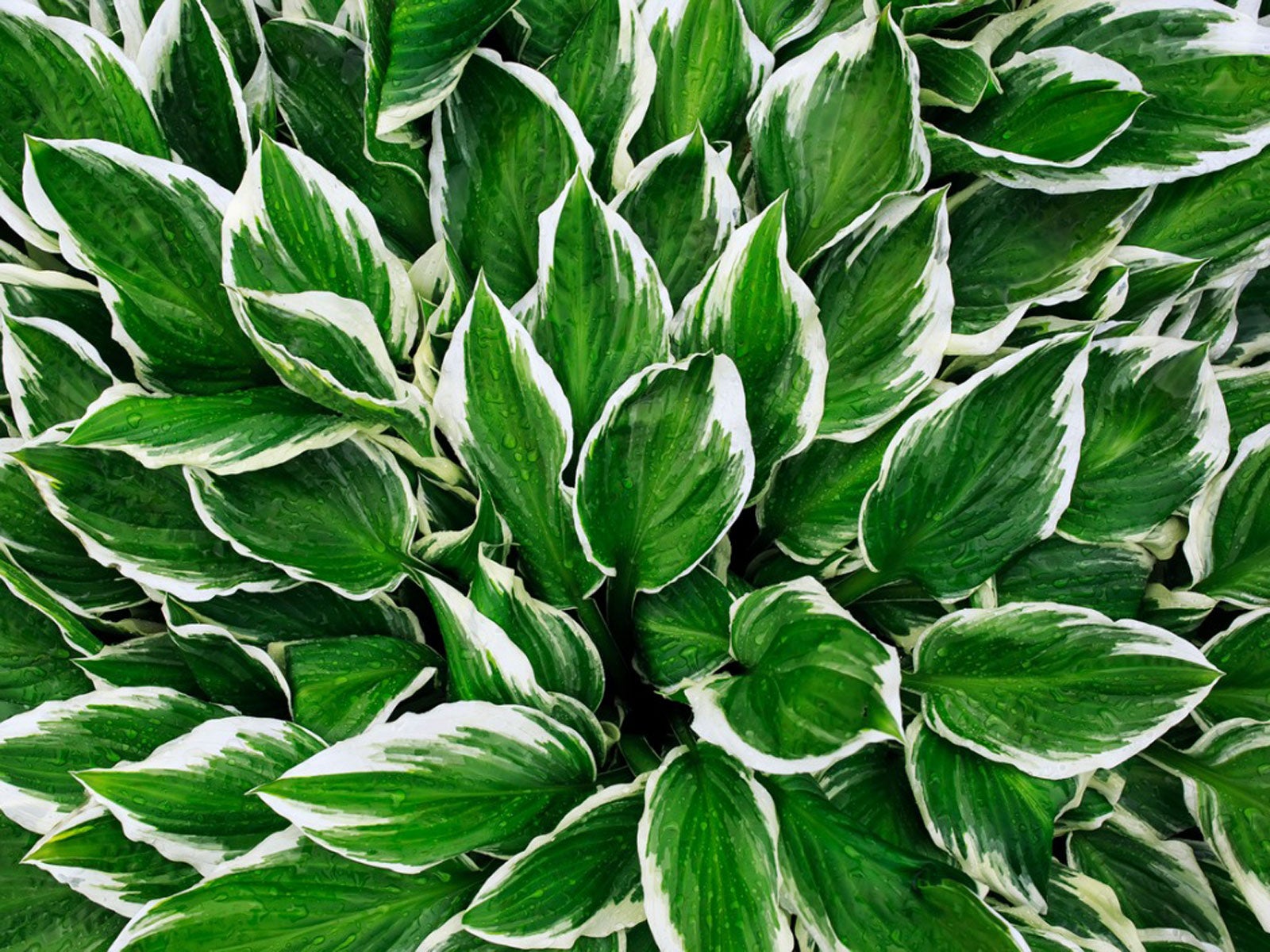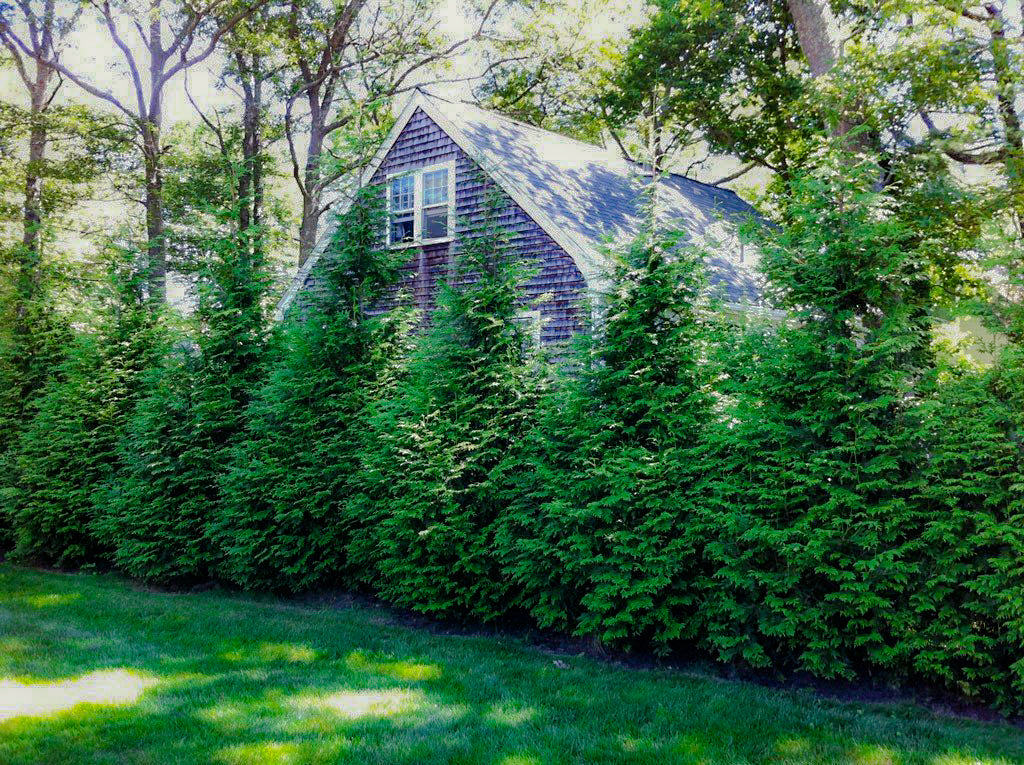Eyecatching Companion Plants For Your Green Giant Arborvitae
Green giant arborvitae (Thuja standishii 'Smaragd') is a popular evergreen shrub or tree that is known for its lush, dark green foliage and fast growth rate. It can be grown as a privacy hedge, screen, or specimen plant. When choosing companion plants for green giant arborvitae, it is important to consider the plant's size, light requirements, and soil conditions.
Here are some eye-catching companion plants that will complement the beauty of your green giant arborvitae:
- Crape myrtle: Crape myrtles are deciduous shrubs or trees that are known for their showy flowers in the summer. They come in a variety of colors, including pink, red, purple, and white. Crape myrtles prefer full sun and well-drained soil.

- Hydrangea: Hydrangeas are flowering shrubs that come in a variety of colors, including blue, pink, purple, and white. They prefer full sun to partial shade and moist, well-drained soil.

- Rose: Roses are flowering shrubs that come in a variety of colors, shapes, and sizes. They prefer full sun and well-drained soil.

- Daylily: Daylilies are perennial flowers that bloom for a long period of time in the summer. They come in a variety of colors, including yellow, orange, red, and purple. Daylilies prefer full sun and well-drained soil.
- Hosta: Hostas are shade-loving perennials that come in a variety of colors, including green, blue, and yellow. They have large, heart-shaped leaves that are attractive to butterflies and other pollinators.

- Lilac: Lilacs are deciduous shrubs or trees that are known for their fragrant flowers in the spring. They come in a variety of colors, including white, pink, purple, and lavender. Lilacs prefer full sun and well-drained soil.
- Boxwood: Boxwood is an evergreen shrub that is known for its dense, glossy foliage. It can be trimmed into a variety of shapes, making it a versatile choice for borders, hedges, and topiary. Boxwood prefers full sun to partial shade and well-drained soil.

- Yew: Yew is an evergreen shrub or tree that is known for its sharp needles and poisonous berries. It is a slow-growing plant that can live for centuries. Yew prefers full sun to partial shade and well-drained soil.
When planting companion plants with your green giant arborvitae, it is important to space them correctly. The size of the mature plant should be considered when determining the spacing. For example, crepe myrtles can grow up to 30 feet tall, so they should be planted at least 10 feet away from your arborvitae.
It is also important to consider the water and fertilizer needs of your companion plants. Some plants, such as hydrangeas, require more water than others, such as boxwood. It is important to adjust your watering and fertilizing schedule accordingly.
By choosing the right companion plants for your green giant arborvitae, you can create a beautiful and eye-catching landscape.
Green giant arborvitae are a popular choice for privacy screens and hedges. They are fast-growing and relatively low-maintenance, making them a good option for busy homeowners. However, arborvitae can look a bit boring on their own. That's where companion planting comes in.
By planting complementary plants around your arborvitae, you can add color, texture, and interest to your landscape. Some good companion plants for green giant arborvitae include:
- Russian sage: This tall, airy perennial has blue flowers that bloom in the summer. It's a good choice for adding height and contrast to your landscape.
- Common sage: This low-growing shrub has gray-green leaves and purple flowers. It's a good choice for adding texture and interest to the groundcover around your arborvitae.
- Hollyhock: This tall, stately perennial has large, colorful flowers. It's a good choice for adding a pop of color to your landscape.
- Roses: Roses are a classic choice for companion planting with arborvitae. They come in a wide variety of colors and sizes, so you can find the perfect ones to complement your landscape.
For more information about companion plants for green giant arborvitae, visit Gardenia Inspiration.
Image of companion plants for green giant arborvitae
Here are 5 different images of companion plants for green giant arborvitae:
- Hydrangea. Hydrangeas are a popular choice for companion plants for green giant arborvitae because they have similar growing requirements and can add a touch of color to the landscape. Hydrangeas come in a variety of colors, including white, pink, blue, and purple.

- Hardy blue holly. Hardy blue holly is another good choice for companion plants for green giant arborvitae. It is a low-maintenance plant that is tolerant of shade and can provide year-round interest with its blue foliage.

- Forest pansy. Forest pansy is a deciduous tree that is native to North America. It has attractive bark that peels in strips, and its flowers bloom in the spring. Forest pansy can provide a splash of color in the landscape and can help to attract birds and other wildlife.
- Coral bark Japanese maple. Coral bark Japanese maple is a beautiful tree that is known for its striking orange-red bark. It is a relatively slow-growing tree, so it will not outgrow the green giant arborvitae. Coral bark Japanese maple can be planted in full sun or partial shade.

- Viburnum. Viburnums are a diverse group of shrubs that come in a variety of sizes and colors. They are a good choice for companion plants for green giant arborvitae because they are tolerant of shade and can provide year-round interest with their flowers, berries, and foliage.
Post a Comment for " Eyecatching Companion Plants For Your Green Giant Arborvitae"